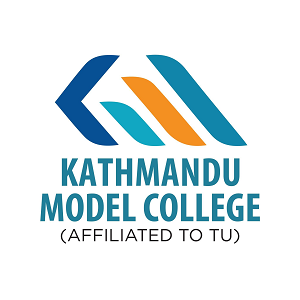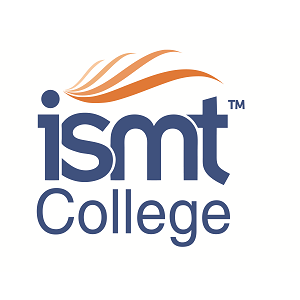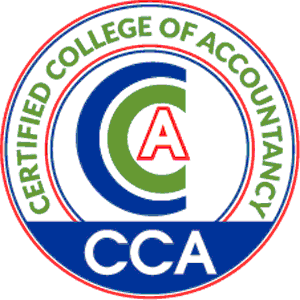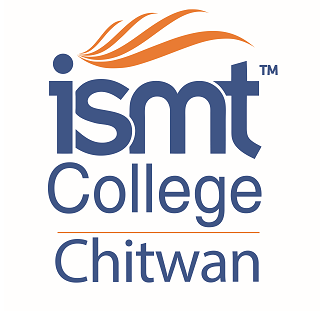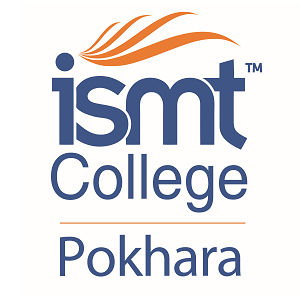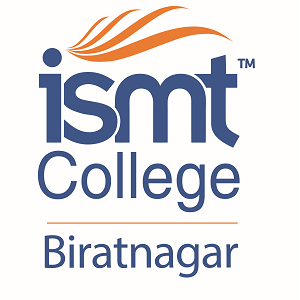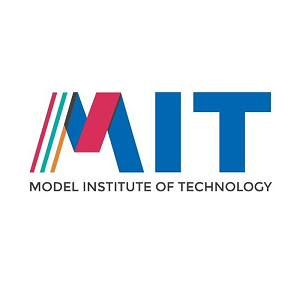Overview
PCL Midwifery at Gaur Nursing Institute, Gaur-8 Rautahat
If you’ve completed SEE or ANM and want a clear path into maternal and newborn care, PCL Midwifery at Gaur Nursing Institute (GNI) offers a structured, three-year route under CTEVT. Keywords you may be searching for—PCL Midwifery, Gaur Nursing Institute, CTEVT, Nepal Nursing Council, Rautahat, Staff Nurse, eligibility, curriculum—are all covered here. The goal is to help you decide with facts, not slogans.
GNI is a CTEVT constituent school in Gaur-8, Rautahat, established in 2015, about 147 km southwest of Kathmandu by road and accessible via air routes. Instruction began on March 1, 2016 (2072/11/17 BS) with 20 PCL Nursing students.
The school is now overseen by a Management Board chaired by the Chief District Officer of Rautahat. Under the CTEVT umbrella, this was the first school in Nepal focused on producing certificate-level nursing manpower.
GNI is recognized by the Nepal Nursing Council for nursing programs and currently offers 40 PCL Nursing seats each year, with plans to expand into General Medicine, Medical Laboratory, Pharmacy, Ophthalmic Science, Cosmetic Science, and Nursing in the near future.
Here’s a simple promise: you’ll get accurate, current, source-based details.
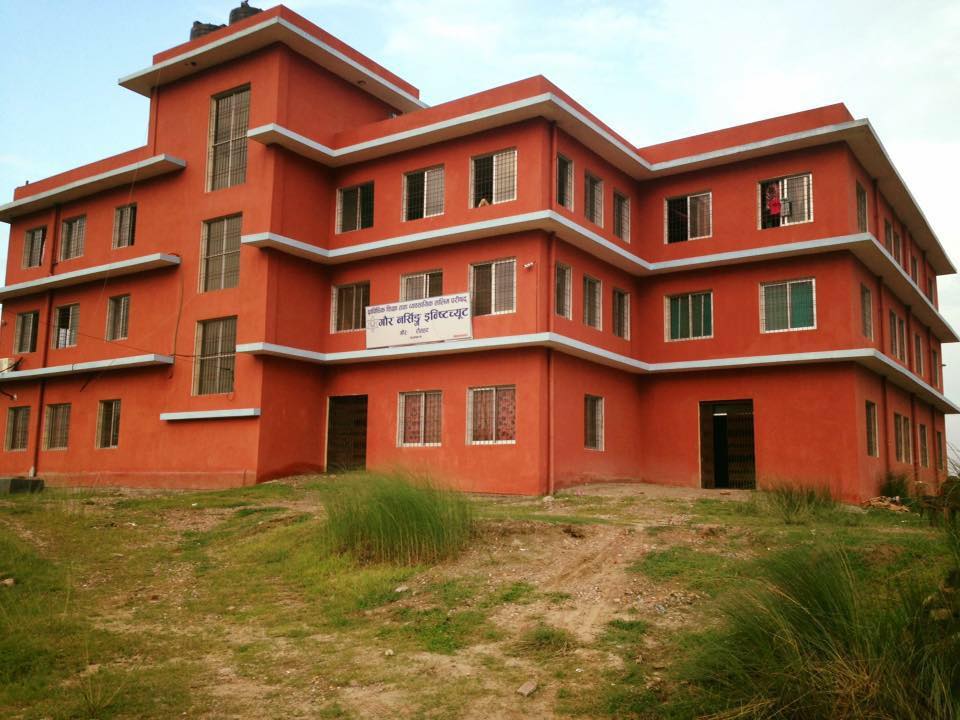
Overview
Start here if you’re exploring nursing after SEE or ANM.
PCL Midwifery is a three-year, yearly-system program under CTEVT that prepares midwives for community and hospital settings.
The curriculum was developed in 2018 and first updated in 2023 to reflect current practice standards.
The program follows international guidance from the International Confederation of Midwives (ICM) and expands on SBA competencies for Nepal’s context.
Highlights
Curious what makes this program practical for real work?
-
Three-year structure with clear theory-to-practice progression.
-
Strong clinical focus: ~53% of total 5,061 hours are clinical.
-
Yearly academic plan: 35 weeks per year, including simulation-lab practice and revision weeks.
-
Transparent assessment with internal and final exams; clear pass criteria.
Curriculum Details
Not sure what you’ll study each year? Here’s the outline you can expect.
First Year—Foundations and Normal Processes
-
Nepali, English, Anatomy & Physiology, Basic Science
-
Foundation of Midwifery I; Healthy Pregnancy; Physiological Labour and Childbirth; Healthy Postpartum and Newborn (theory + practicum)
Second Year—Population Health and Complex Care
-
Nutrition; Pharmacology for Midwives; Social Science & Health Promotion; Foundation of Midwifery II; Public Health for Midwives (theory + practicum)
-
Psychology and Mental Health; Complex Pregnancy; Complex Labour and Childbirth; Complex Postpartum and Newborn (theory + practicum)
Third Year—Professional Roles and Internship
-
Professional Development for Midwives; Sexual and Reproductive Health; Leadership and Management for Midwives; Internship (assessment split across internal, final theory, and final practical)
Time Commitment (indicative totals)
-
1st Year: 1,728 hours (theory 1,138; clinical 690)
-
2nd Year: 1,665 hours (theory 839; clinical 816)
-
3rd Year: 1,668 hours (theory 480; clinical 1,188)
-
Overall: 5,061 hours (theory 47%; clinical 53%)
Objectives
Read this if you want to know what the program builds toward.
Graduates are prepared to work independently with women and newborns in community birthing centers, homes, and maternity units—taking responsibility for normal pregnancy, birth, and postpartum care, and coordinating care in complex cases with respect and safety.
Scope
Wondering about demand?
Nepal’s projections estimate a need for around 9,102 midwives (MEC 2023; Nepal Health Human Resource Projection 2023–2030). The curriculum focuses on mobilizing midwives closer to communities so women can reach services without delay.
Learning Outcomes
By graduation, students are able to:
-
Provide respectful antenatal, intrapartum, and postnatal care and support newborns.
-
Recognize deviations from normal, prioritize safety, and refer or coordinate care appropriately.
-
Communicate effectively with women and families and keep accurate records across the maternity pathway.
Skill Development Modules
Start here if you learn best by doing.
The plan includes structured skill-lab weeks and block clinical postings (morning/evening/night shifts) across modules such as Foundation of Midwifery I, Healthy Pregnancy, Labour & Childbirth, and Postpartum & Newborn care.
Simulation-lab practice runs for nine weeks across the year, in addition to clinical weeks.
Teaching Methodology
You’ll learn through classroom teaching, demonstrations, simulation, and supervised clinical practice. Teacher–student ratios guide safer, more focused learning: 1:40 for theory/tutorials and 1:10 for practical/demonstrations (overall 1:10 at institute level).
Admission Requirements
Worried about the entrance exam? Here’s the checklist you can control.
-
SLC pass with minimum 50% in Mathematics, Science, and English; or SEE/equivalent with minimum GPA 2.0 with those subjects.
-
ANM or equivalent with minimum 70%.
-
Pass the CTEVT entrance examination.
-
Group size per intake: maximum 40.
-
Duration: three academic years, yearly system; 35 academic weeks per year.
-
Attendance: at least 90% in each subject to sit finals.
Examinations and Assessment
Expect both internal and final evaluations. Each subject has regular internal assessment with feedback. Students sit final exams only after meeting internal requirements. Pass marks are 40% in theory and 50% in practical.
Final practicals use a structured scheme: institutional attendance (10%), logbook updates (10%), spot performance (40%), and viva voce split between internal (20%) and external (20%) examiners.
Grading follows clear thresholds: Distinction (≥80%), First division (65–<80%), Second division (50–<65%), Pass division (pass to <50%). Successful graduates receive the “Proficiency Certificate in Midwifery.”
Career Opportunities
Graduates are eligible for positions equivalent to Non-gazetted 1st Class/Level 5 (technical) as per the Public Service Commission of Nepal and related agencies. Typical work settings include birthing centers, hospitals, local health facilities, and community programs.
Scholarships and Financial Aid
Financial provisions change by year and policy. GNI follows CTEVT and Nepal Nursing Council standards and publishes seat/fee updates via official notices. For the latest scholarships, quota details, or fee waivers, check GNI’s current announcements and contact the school office directly.
Why Choose This Course?
Read this if you’re weighing options.
-
Clear pathway from classroom to real clinical work, with more than half of total time in practice.
-
Curriculum updated to reflect Nepal’s service needs and international guidance.
-
Structured progression toward community-ready roles and Level-5 eligibility.
Conclusion
If you want a grounded, step-by-step route into maternal and newborn care, PCL Midwifery at GNI provides a defined three-year plan with clear entry rules, attendance standards, practical exposure, and transparent evaluation. Read the requirements carefully, prepare for the entrance test, and map your three years using the year-wise subjects and hours above. This is about building safe practice and confidence where it matters most—before, during, and after birth.
Resource
CTEVT, “Proficiency Certificate Level Midwifery (Three-year program—yearly system), 2018; First Update 2023.”


